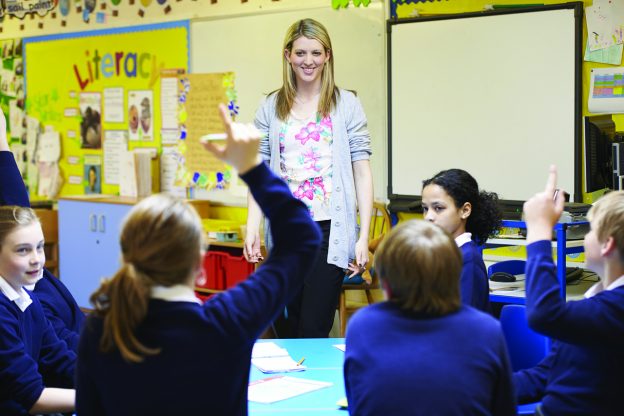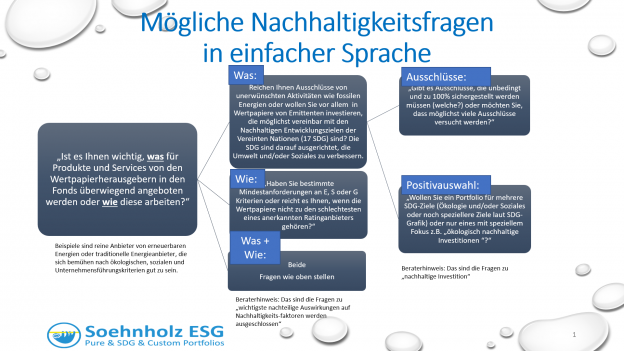Good immigrants: 16x new research on inequality, hate, decarbonization, electric cars, carbon reporting, ESG ratings, CEOs, bankers, impact investments and venture capital by Jens Dammann, Moritz Drupp and many more (# shows SSRN downloads on June 15th, 2023)
Social and ecological research: Good immigrants
Good immigrants: Inequality and Immigration by Christian Dustmann, Yannis Kastis, and Ian Preston as of June 9th, 2023 (#17): “… we investigate the relationship between immigration and inequality in the UK over the past forty years. Over this period, the share of foreign-born individuals in the UK rose from 5.3% in 1975 to 13.4% in 2015 … Work and family reunification have been the most common reasons behind immigration of EU nationals, while inflows of non-EU nationals have been largely driven by study purposes. We document that immigrants have been systematically better educated than natives in the UK throughout the forty years of our observation period. Nevertheless, in line with DFP (2013), we find that immigrants downgrade upon their arrival in the UK by working in jobs that are in substantially lower earnings categories than where they would be allocated based on their education alone. We provide evidence that as immigrants spend more time in the UK and acquire complementary skills or transfer their existing skill sets to the particularities of the UK, they move to jobs higher up in the earnings distribution. … wage inequality among immigrants was systematically higher than wage inequality within the group of natives throughout the period 1994-2016 … However, the overall effects of immigration on inequality in the UK were very small. Finally, we report that wage inequality in the UK significantly decreased from 2000 onwards both within the native and within the immigrant group. … immigrants are large net fiscal contributors” (p. 46-48). My comment: In some of my other blogpost I have documented more research regarding good immigration effects e.g here Positive immigration and more little known research (Researchposting 110) – Responsible Investment Research Blog (prof-soehnholz.com)
continues on page 2









